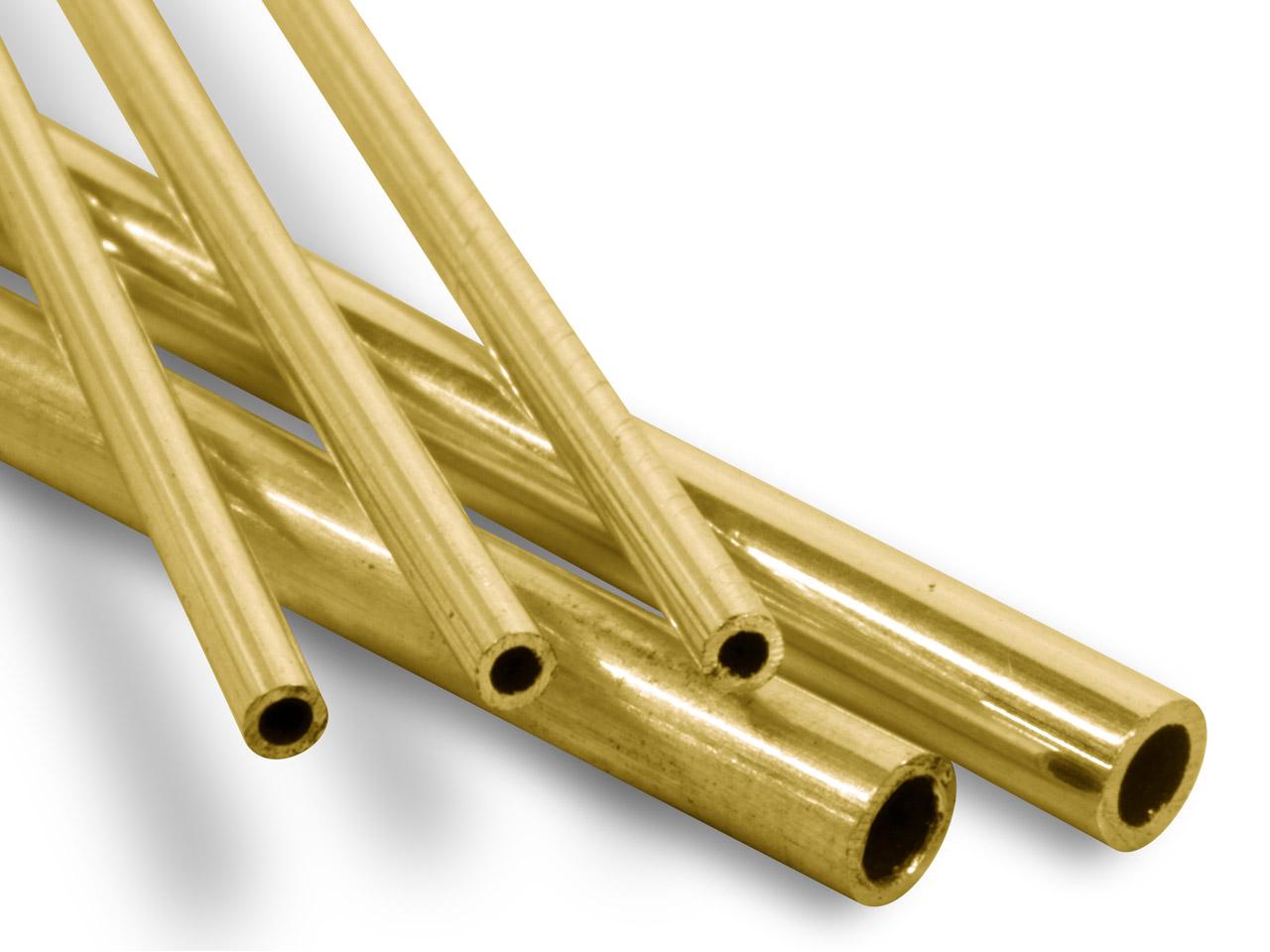Steel Pipes and Tubes Market Competitive Landscape: Key Players and Strategies

Introduction
The steel pipes and tubes market has witnessed substantial growth in recent years, owing to their increasing demand across various industries, including construction, automotive, energy, and infrastructure. Steel pipes and tubes are essential for fluid transportation, structural applications, and other industrial processes. As the market becomes increasingly competitive, understanding the key players and their strategies is crucial for anyone looking to stay ahead in this dynamic industry.
Market Overview
The steel pipes and tubes market is categorized based on product type, material, application, and geography. The key types include seamless pipes, welded pipes, and others, with materials ranging from carbon steel to stainless steel and alloy steel. Applications span across sectors such as oil and gas, automotive, construction, and water treatment. Due to the growing demand in emerging economies, there has been an increase in production capacity and innovation within the market.
Key Market Players
Several key players dominate the global steel pipes and tubes market, each contributing to its growth and transformation. Some of the prominent names include:
-
ArcelorMittal
ArcelorMittal is one of the largest steel manufacturers globally, offering a wide range of steel products, including pipes and tubes. The company’s strong market presence and vast distribution network make it a significant player in the steel pipes and tubes market. -
JFE Steel Corporation
JFE Steel is another leading player in the steel manufacturing industry. Known for its high-quality steel products, JFE Steel supplies pipes and tubes primarily to the automotive, construction, and energy sectors. -
Nippon Steel Corporation
With a reputation for innovation, Nippon Steel has been consistently focusing on product development, offering advanced steel tubes and pipes with better resistance to corrosion and higher durability. The company also prioritizes sustainability in its operations. -
United States Steel Corporation (U.S. Steel)
U.S. Steel is one of the largest producers of steel products in the United States. Their steel pipes and tubes are essential for the oil and gas industry, with a focus on the production of high-strength, durable products. -
Baosteel Group
Based in China, Baosteel is one of the largest steel manufacturers globally, and its products are widely used in various industries. The company has a strong foothold in both the domestic and international steel pipes and tubes market.
Competitive Strategies
In order to maintain and enhance their market share, key players in the steel pipes and tubes industry employ various strategies:
-
Product Innovation
Companies are investing heavily in research and development to introduce new products that meet the evolving needs of various industries. Innovations in corrosion-resistant coatings, high-strength steel alloys, and sustainable production techniques are some examples of how companies are differentiating themselves. -
Expansion and Mergers & Acquisitions
A strategic move adopted by several major players is expanding their geographical footprint through mergers and acquisitions (M&A). By acquiring regional players or forming joint ventures, companies can strengthen their position in new markets. This also enables them to diversify their product portfolio and increase production capabilities. -
Sustainability Initiatives
Environmental concerns are growing, and companies are increasingly focusing on eco-friendly manufacturing processes. Adopting greener technologies, reducing emissions, and improving the energy efficiency of production are becoming essential strategies for companies aiming to meet global sustainability goals. -
Strategic Partnerships and Collaborations
Collaborations with other firms, particularly in complementary industries, are a common approach to drive growth. Partnerships with energy companies or infrastructure developers allow steel pipe manufacturers to leverage new opportunities and improve their competitive advantage. -
Technological Advancements
The adoption of advanced technologies such as automation, Artificial Intelligence (AI), and the Internet of Things (IoT) is helping companies enhance production efficiency and quality control. These technologies allow for better monitoring of production processes, reducing defects, and improving the overall product quality.
Regional Insights
The competitive landscape of the steel pipes and tubes market also varies by region. North America and Europe remain key markets for high-quality, high-performance steel products, with a strong demand from the oil and gas industry. Meanwhile, Asia-Pacific, especially China and India, is witnessing rapid growth due to expanding construction and infrastructure projects.
Conclusion
The steel pipes and tubes market is highly competitive, with numerous key players employing various strategies to maintain and expand their market share. From product innovation to strategic mergers and acquisitions, these companies are actively working towards meeting the growing demand for steel pipes and tubes. As industries continue to evolve and expand globally, the market is expected to witness further developments, making it crucial for companies to stay ahead of trends and maintain their competitive edge.
- Art
- Causes
- Crafts
- Dance
- Drinks
- Film
- Fitness
- Food
- Games
- Gardening
- Health
- Home
- Literature
- Music
- Networking
- Other
- Party
- Religion
- Shopping
- Sports
- Theater
- Wellness


